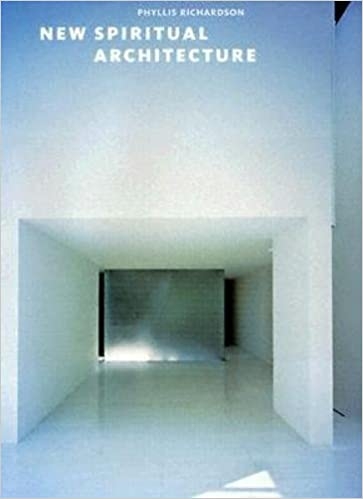
New Spiritual Architecture
Author: Phyllis RichardsonInclusive of shipping and taxes.
- Hardcover
- 224 Page(s)
- ISBN: 9780789208354
While Spain's Rafael Monco has just completed a cathedral in Los Angeles, Britain's Thomas Heatherwick is designing a Buddhist temple in Japan, John Pawson is working on a Cistercian monastery in the Czech Republic, and Richard Meier has completed his Millennium Cathedral in Rome. As one Wallpaper* pundit commented, "religion is getting a redesign," and the architect's faith is as unimportant as his nationality. These buildings represent not only new ways of looking at religious architecture, but a vibrant cultural exchange that brings together the highest aesthetic and spiritual ideals, transcending religious and national boundaries. New Spiritual Architecture looks at the approaches contemporary architects have taken to religious or meditative space, focusing on churches, chapels, temples, synagogues, and mosques that have been built in the last few years and represent a late-twentieth/early-twenty-first century aesthetic. These buildings demonstrate how new ideas and developments in urban, domestic, and public architecture inform designs for spaces intended for inspiration, worship, or meditation. The book is organized into five categories. "New Traditions" features buildings with radical formal idiosyncrasies. "Interventions" looks at urban sites designed to fit into the built landscape. "Retreats" are isolated sanctuaries that incorporate their natural settings as vital elements. "Grand Icons" examines the recent revival of large-scale religious architecture. Finally, the buildings in "Modest Magnificence" mold humble materials to generate a contemplative simplicity. Each of the dozens of sites explored is graced with thorough documentation, including interior and exterior photography, both close-up and birds-eye views, alongside detailed floor plans accompanied by detailed captions. A sophisticated text by renowned architecture critic Phyllis Richardson weaves together the various themes and provides a crucial framework for considering what architecture has to say about the changing conditions of contemporary society, its beliefs, relationships, and material production.

